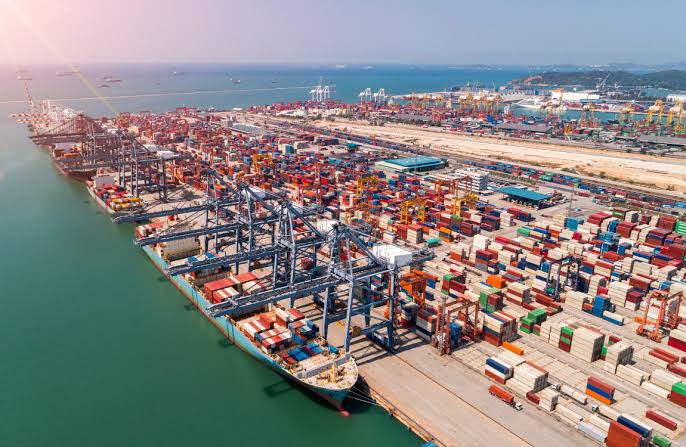Port congestion is worsening across northern Europe, with ripple effects already felt in Asia and North America, as mounting trade tensions and logistical challenges drive up shipping delays and threaten further increases in freight costs.
According to a new report released by London-based maritime consultancy Drewry, key European ports such as Bremerhaven, Hamburg, Antwerp, and Rotterdam are experiencing significant spikes in vessel wait times, raising concerns about a broader global supply chain crunch.
Between late March and mid-May, average waiting times for berth space surged by 77% in Bremerhaven, Germany. Antwerp and Hamburg followed closely with increases of 37% and 49%, respectively. Delays were also recorded at other critical gateways, including the UK’s Felixstowe and the Port of Rotterdam. The consultancy attributes the congestion to a combination of persistent labour shortages and unusually low water levels on the Rhine River, which have severely restricted barge movements between ports and inland distribution centers.
Exacerbating the situation is the geopolitical volatility surrounding global trade. A temporary 90-day pause in U.S. tariffs on Chinese imports, ordered by former President Donald Trump and set to expire on August 14, has triggered a rush in shipments between the world’s two largest economies. This sudden surge in demand is compressing supply chains and forcing companies to carry higher inventory levels to guard against further unpredictability.
“Port delays are stretching transit times, disrupting inventory planning, and pushing shippers to carry extra stock,” Drewry noted in the report. “The eastbound transpacific trade is already showing signs of an early peak season, magnified by the looming expiration of the U.S.–China tariff truce.”
The impact is not confined to Europe. Congestion patterns are emerging in key Asian and U.S. ports as well, including Shenzhen, Los Angeles, and New York, where the number of container ships waiting to berth has steadily increased since late April.
Rolf Habben Jansen, CEO of Hamburg-based shipping giant Hapag-Lloyd AG, acknowledged the severity of the issue during a recent webinar. “We are seeing some improvement at European ports, but it will likely take another six to eight weeks before the situation is fully under control,” he said.
The uncertainty surrounding tariff policy remains a major disruptor. On Friday, Trump reignited fears of a broader trade war by threatening to impose a 50% tariff on goods from the European Union starting June 1. Such a move would further destabilize transatlantic trade and add to the volatility already shaking shipping markets.
In anticipation of rising costs, carriers like MSC Mediterranean Shipping Co., the world’s largest container line, have already announced general rate increases and peak season surcharges effective from June on cargo shipped from Asia. Analysts expect these measures to lift spot market rates for ocean freight, already elevated due to ongoing geopolitical and supply chain disruptions.
Further complicating global trade flows, most cargo ships continue to reroute around the Red Sea, where attacks on commercial vessels by Yemen-based Houthi rebels since late 2023 have made the area a high-risk zone. As a result, carriers are diverting vessels around the Cape of Good Hope, adding weeks to transit times on Asia-Europe and Asia-U.S. trade lanes.
With no immediate resolution in sight for either the port congestion or the political uncertainty driving it, stakeholders across the maritime industry are bracing for a turbulent shipping season marked by delays, elevated costs, and a challenging operational environment.
